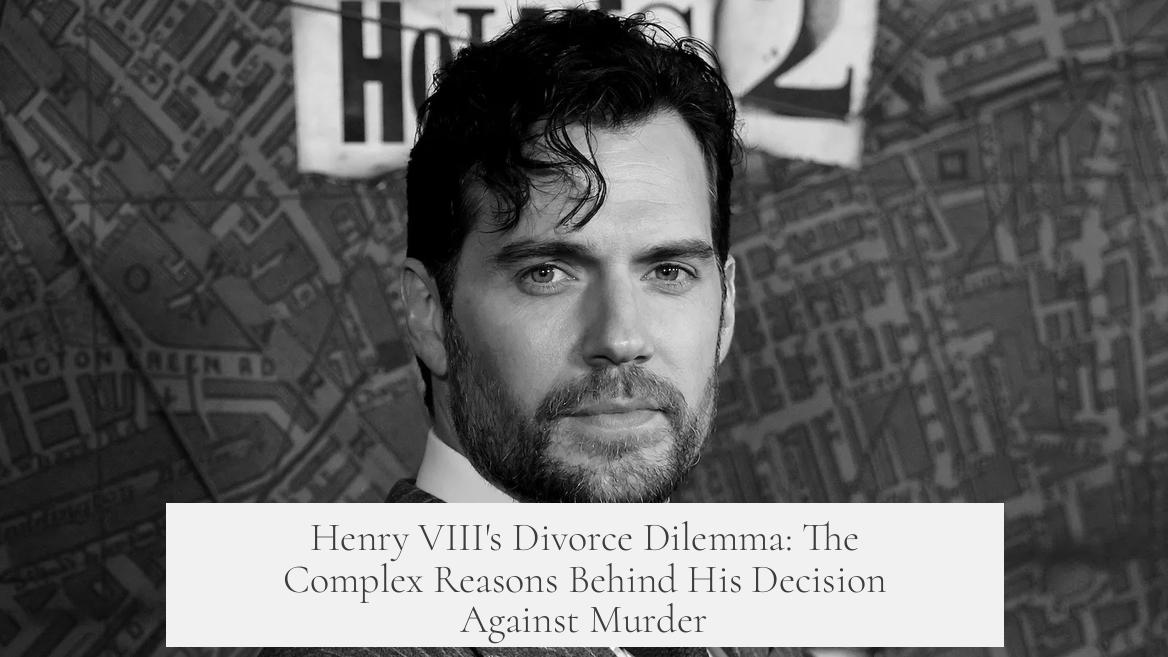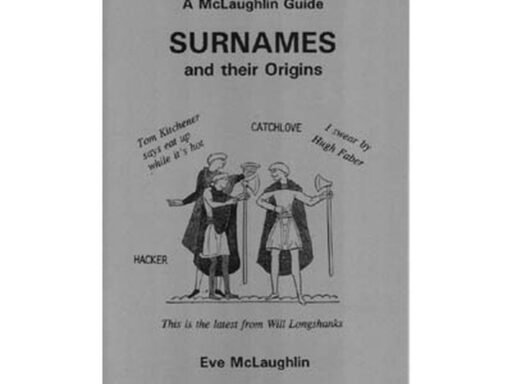Henry VIII did not kill Catherine of Aragon because he lacked any justified reason accepted by his subjects, the Catholic Church, or foreign powers. Execution of a queen consort required very strong grounds. Catherine was a respected figure and the aunt of Emperor Charles V, a powerful ally. Killing her would provoke political and religious backlash. Instead, Henry sought a legal means to end the marriage.
Henry based his attempt to separate from Catherine on a legal argument. He claimed that her marriage to his brother Arthur had been consummated. If true, this would mean their marriage was invalid due to biblical prohibitions, thus providing a lawful reason for divorce or annulment. This argument did not justify execution but opened a path for separation.
Political realities complicated Henry’s pursuit of divorce. The Pope at that time was under pressure from Emperor Charles V, who was Catherine’s nephew. This connection made the Pope reluctant to grant Henry a divorce. As a result, the annulment process was blocked for years. Henry’s advisors explored other options but acknowledged the limits imposed by religious and political powers.
The breakthrough came when Thomas Cranmer became Archbishop of Canterbury. Cranmer presided over a special ecclesiastical court that declared Henry’s marriage to Catherine invalid. This court decision enabled Henry to annull the marriage without Papal approval.
- Execution of Catherine would have caused major political and religious upheaval.
- Henry’s legal case focused on biblical prohibitions linked to prior marriage.
- Political pressure on the Pope prevented an easy divorce.
- The annulment was eventually granted by an English church court led by Cranmer.
Why didn’t Henry VIII execute Catherine of Aragon instead of divorcing her?
Henry lacked a valid reason that the English public, the Catholic Church, or Spain would accept for execution. Killing her without cause would have caused major political and religious backlash.
What legal grounds did Henry have for seeking a divorce?
Henry claimed Catherine had consummated her marriage to his brother Arthur, making their marriage invalid under church law. This provided a legal basis to request a divorce rather than resorting to violence.
Why was it difficult for Henry to get the Pope’s approval for the divorce?
The Pope was under pressure from Catherine’s nephew, Emperor Charles V, who opposed the divorce. This political influence blocked Henry’s initial attempts to secure a papal annulment.
How did Henry eventually get his marriage annulled?
Henry appointed Thomas Cranmer as Archbishop of Canterbury. Cranmer’s court ruled the marriage invalid, allowing Henry to bypass the Pope and achieve an annulment.
Was killing Catherine even an option for Henry VIII?
Executing a queen was not an accepted political or religious solution. Divorce or annulment followed legal and religious procedures, which Henry needed to respect to maintain power and legitimacy.




